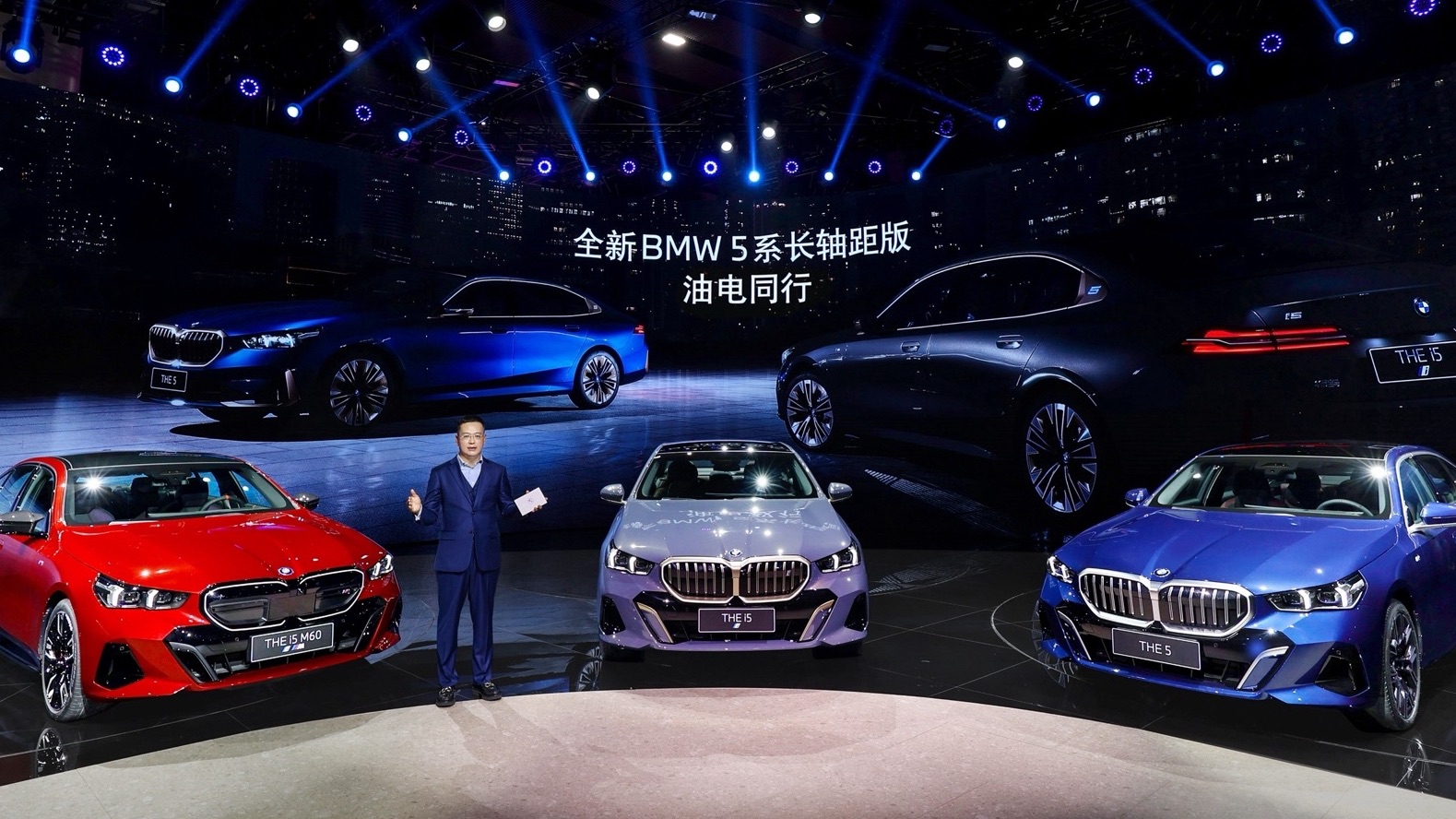On November 17, the first day of the Guangzhou Auto Show, BMW unveiled the new generation of the 5 Series long-wheelbase edition and the all-electic i5. Introduced alongside the new vehicles was the “line-of-sight lane change” feature. In simple terms, by merely glancing at the rearview mirror, your vehicle can facilitate the lane change for you.

At first listen, this feature sounds quite remarkable, as no other automaker has accomplished such a feat.
However, with closer consideration, without proper parameters, the probability for false-activations of this feature could inevitably increase. BMW’s configuration aims to recommend lane change by evaluating the current traffic speed in the adjacent lane. Simply glancing at the rearview mirror acts as a confirmation. Judging the traffic speed happens to be the key technology in the “auto overtaking” function of navigation-assisted driving. Although the BMW 5 series does not offer navigational driver assist, it teeters on the verge of doing so, which hardly positions it as a front-runner.
This creates a conundrum: is BMW’s technology innovative or trailing behind? With the turn signal stalk only millimetres away, why incorporate eye gestures into the command?
Pondering these questions, I took a deeper dive into BMW’s technology over the weekend.
I. The Eve of Navigation-Assisted Driving
In terms of hardware, the brand-new 5 Series and i5 from BMW are equipped with stereo front-view cameras, five millimetre-wave radars, four surround-view cameras, and twelve ultrasonic radars. The front-view camera boasts a resolution of 8 million pixels; the front millimetre-wave radar senses up to a 300-metre range and perceives vertical resolution, likely a 4D millimetre wave. The computing hardware comprises two Mobileye EyeQ5H chips, each with a calculation power of 16 TOPS.
By 2023 standards, this setup may not be revolutionary but assures a solid baseline capability.
Functionally, the all-new 5 Series comes standard with an L2 level driver assistance system, now supplemented with a new feature: an automatic lane change function with visual confirmation.
The activation conditions are twofold:
- Travelling at speeds of 60 – 180 km/h on highways and enclosed roads;
- The current lane speed is slow, but the adjacent lane speed is fast.
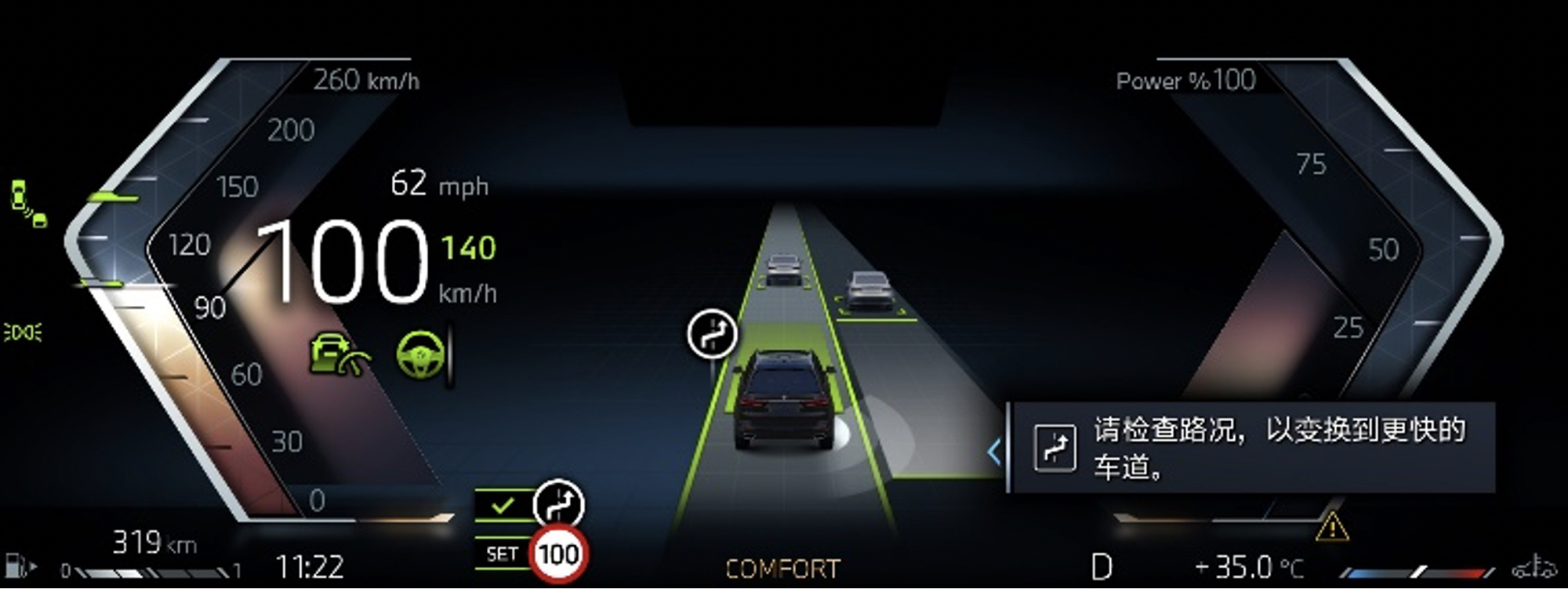
- When both conditions are met, the vehicle prompts on the instrument panel: please check traffic conditions to switch to a faster lane.
- Upon tracking the driver’s eye movements and head activity, the car will facilitate an automatic lane change once the driver glances at the rearview mirror.
- In the future, the line-of-sight lane change feature will incorporate navigation; when approaching an exit, the vehicle will prompt a right lane change—after a few glances at the rearview mirror, the car can help you exit the highway.
- In essence, BMW’s technology stands on the threshold of navigation-assisted driving, or what BMW refers to as the eve of L3. As of now, BMW is the only player able to roll out this advanced feature.8. However, being the first does not necessarily mean that this is a good technology. What matters is what this technology can offer?
II. Is it that difficult to flick the blinker lever?
At present, there are two types of lane change assist features within the industry:
- Directive lane change, where the vehicle assists the driver in changing lanes upon engaging the turn signal. For some car models, only when the speed exceeds 60 km/h can the directive lane change be executed.
- Automatic lane change for overtaking, where the vehicle judges the current and neighboring lane’s speed, autonomously opting for the faster lane; or it adheres to the navigation route, selecting the correct lane themselves. Accomplished by the vehicle’s independent determination, or by the driver using voice commands or engaging the turn signal.
Put simply, all assist functions for changing lanes in the industry are either fully automatic or fully manual (by hand or voice). The fully manual approach wears out the driver, and the fully automatic system may have ineffective lane shifts. Is there a middle ground using a semi-automatic method?
BMW’s automatic lane-change feature with gaze confirmation fits the bill.
Perhaps the first thing you will question is, the blinker lever is only a few centimeters away from your fingers, is it truly strenuous to move your fingers? For cars without driving assistance, holding the steering wheel at nine and three o’clock is one of the safety standards. However, once the driving assist is on, your hands will likely be around the six o’clock position, thus, the distance to the turn signal becomes considerably further.
This is somewhat akin to laptops with touchscreen functionality, where constantly reaching out to touch the screen is certainly uncomfortable.
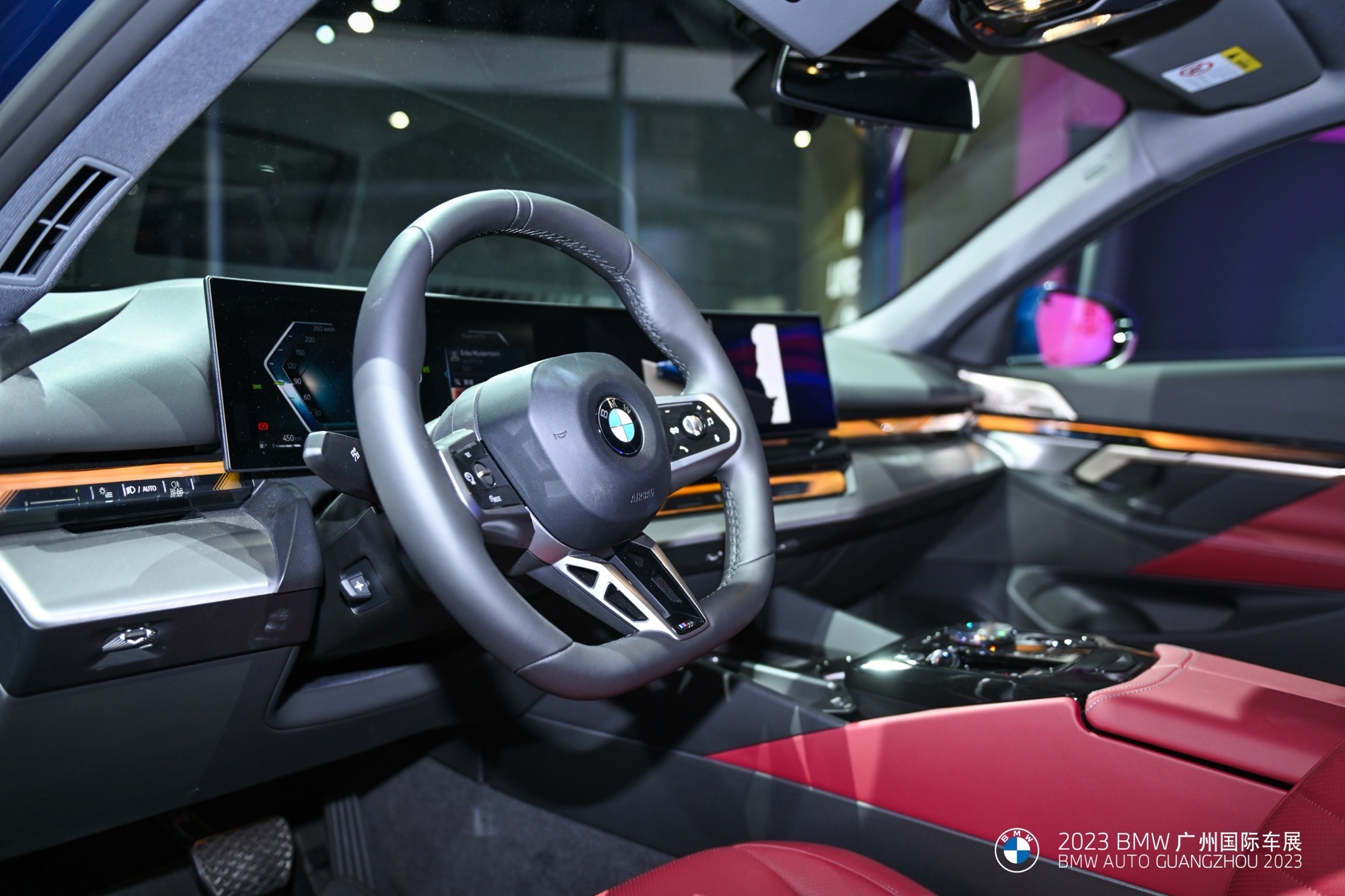
Furthermore, the key is to remember that our sight is faster. Your operation always involves seeing first and then carrying out the action with your hands. Therefore, using human gaze to judge whether a lane change is needed will undoubtedly preempt hand movements. And in congested roads, the timing of lane change for an overtaking maneuver is crucial. Even a slowdown of 0.5 seconds can cause the lane-change opportunity to vanish.
In June of this year, Apple released Vision Pro, which allows the entire device to be controlled through eye and gesture input. Traditional VR devices often rely on joystick input, which is markedly less natural and slower than eye movements.
Even some users who used Vision Pro early on feel that having to click individual buttons on phones or computers is a hassle. Why can’t it be confirmed with just a look?
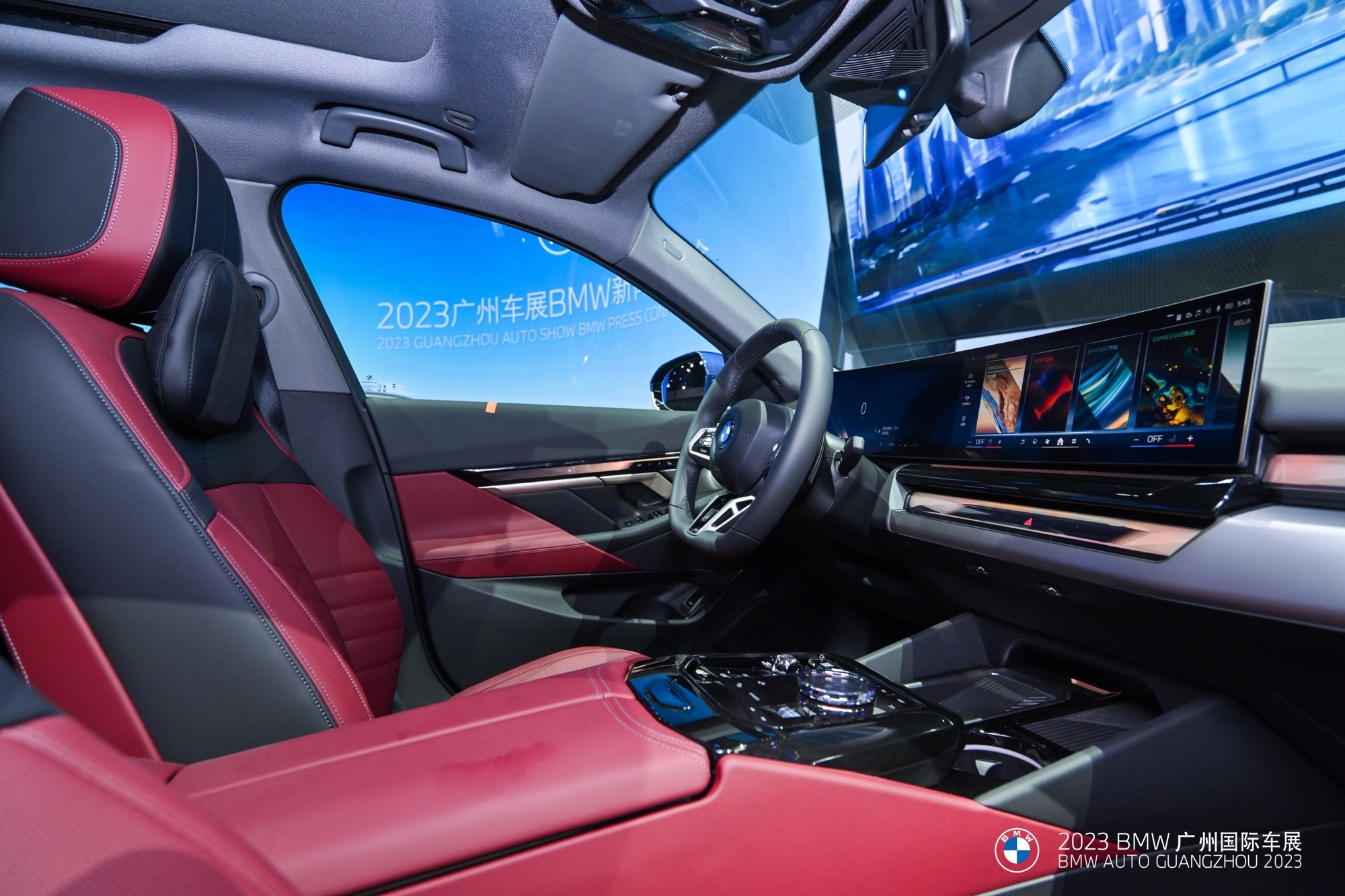
Moreover, during the lane change with L2 assisted driving, the driver is required to monitor the rear-view mirror simultaneously, which makes gaze confirmation necessary, while turning on the blinker is not obligatory.
From this perspective, BMW’s eye-tracking lane change technology holds significant competitive advantages. With the full automation of lane change not yet mature, BMW has made substantial improvements in semi-automated lane change features.## III. The Crucial Step towards Full Autonomy
Nowadays, leading automotive companies in the domestic autonomous driving sector are all striving for the “ultimate L2”, the ultimate goal of which is autonomous driving between any two points. However, there isn’t a defined endgame for human-machine interaction yet.
Perhaps, in BMW’s perspective, it begins with letting the driver lift their foot, next is to have drivers release their hands, and finally obviate the need for drivers to keep an eye on the roadway. This glance-following lane change is a crucial step prepared for “full handss off”.
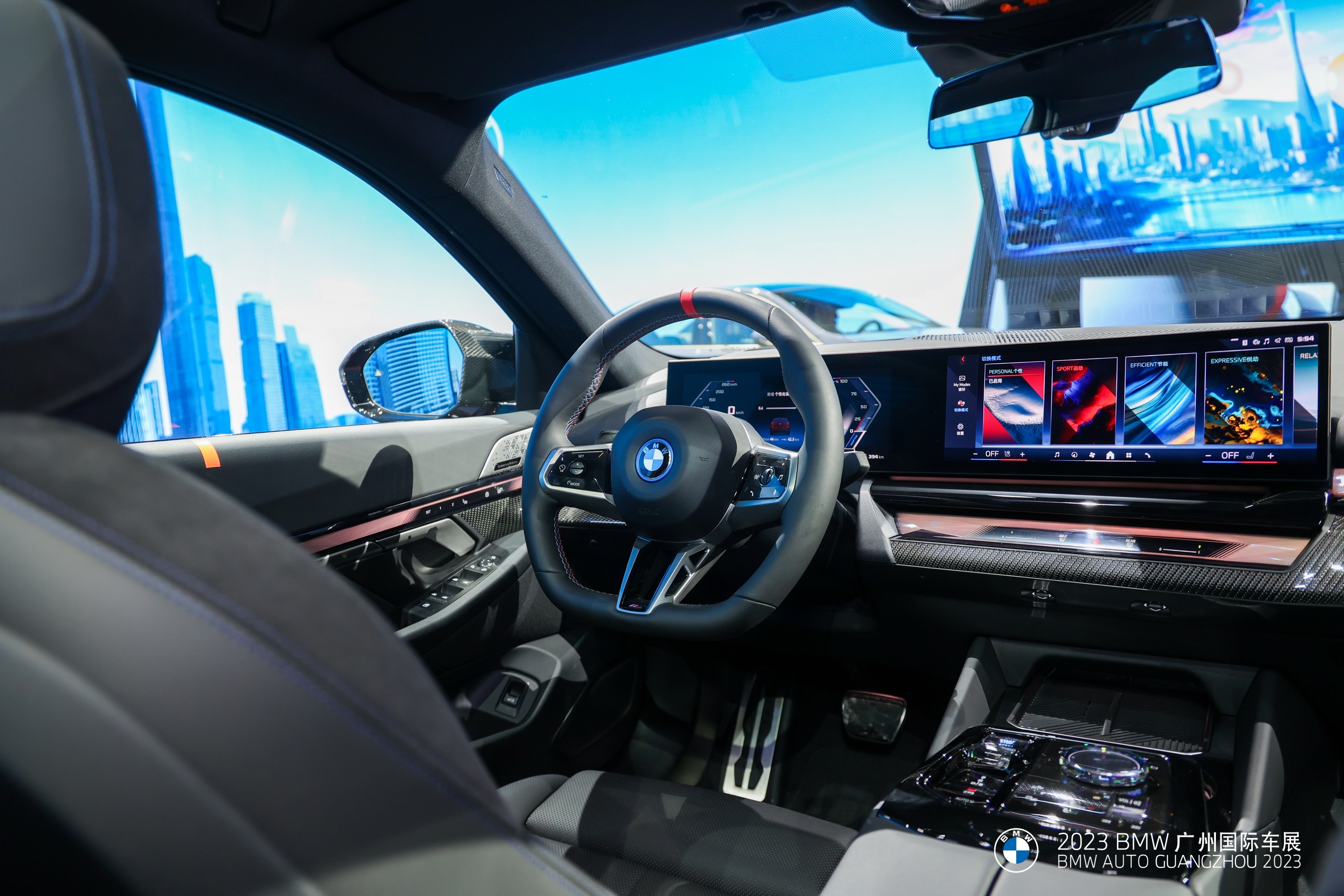
Looking back in history, to conditionally allow the driver to take hands off, automotive manufacturers have upgraded from torque-sensing steering wheels to capacitive-sensing ones, then permitted hands-off driving under specific conditions.
Fittingly, this function is only achieved by BMW and SAIC GM among the industry. The BMW vehicles that are already on the market and equipped with the Pro autonomous driving assistance system, at speeds below 60 km/h, the vehicle will not prompt the driver to grasp the steering wheel as long as the driver keeps their eyes on the road.
BMW’s glance-following lane change functionality, implemented today, is indeed a great supplement to their traffic-jam assist, inching closer to perfecting hands-off driving.
Nonetheless, it is a letdown that traffic-jam assist can only be used at speeds under 60 km/h, whilst glance-following lane change can only be in the range of 60 km/h to 180 km/h, hence the two cannot be utilised simultaneously.
Therefore, it might be foreseeable that BMW’s journey to complete ‘hands-free’ driving may arrive sooner.
This article is a translation by AI of a Chinese report from 42HOW. If you have any questions about it, please email bd@42how.com.
